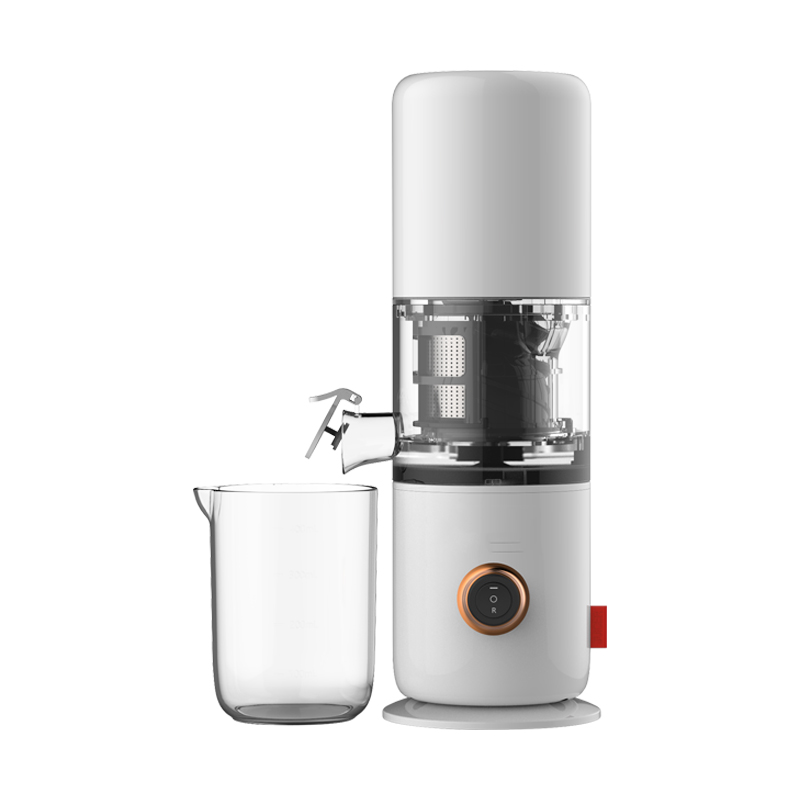News
The Health Benefits of Juicing and How to Get Started
The Science-Backed Benefits of Juicing
Nutrient Absorption Boost
Juicing is an effective method to enhance nutrient absorption, as it efficiently extracts essential vitamins and minerals from fruits and vegetables. This process is particularly beneficial for those with digestive issues, allowing the body to quickly absorb and utilize nutrients. A study published in the Journal of Medicinal Food found that consuming juice can lead to elevated plasma levels of antioxidants, thus supporting overall health. Moreover, incorporating citrus fruits in juicing can significantly enhance iron absorption from plant-based foods, thereby further improving nutrient uptake.
Digestive System Support
Freshly juiced fruits and vegetables contain enzymes that can greatly aid the digestive system. These enzymes assist in breaking down food more efficiently, providing relief for those with digestive disorders. Juices, such as those made from cucumber and celery, may alleviate symptoms like bloating, as they require less energy for digestion compared to solid foods. By incorporating digestive-promoting ingredients like ginger, one can further enhance gut health by reducing inflammation and improving motility.
Natural Detoxification Aid
Juicing also acts as a natural detoxification aid through its hydrating properties and nutrient-rich content. Certain fruits and vegetables, such as beets and green apples, are known to enhance liver function, aiding the body’s natural detox processes. This daily routine can also benefit kidney health by supplying the organs with the necessary hydration and nutrients needed for efficient waste removal, thus supporting your body’s natural detox mechanisms.
Essential Equipment for Effective Juicing
Slow Juicer 626A – Precision Nutrient Extraction
The Slow Juicer 626A is an ideal choice for those who value nutrient extraction without compromise. This model employs cutting-edge technology to minimize oxidation, preserving essential vitamins and minerals during the juicing process. It features multiple settings tailored for various types of produce, ensuring both high juice yield and nutrient retention. User reviews frequently praise the simplicity of assembly and cleaning, making it a top pick for both new and experienced juicers.
Slow Juicer 626B – Quiet Cold-Press Technology
The Slow Juicer 626B stands out with its unique quiet operation, which is perfect for those early mornings when you want to prepare juice without waking the household. This model uses cold-press technology to perfectly preserve enzymes and nutrients, leading to juices with a rich flavor profile. Users have praised the 626B for its durability and the high quality of juice it produces, highlighting it as one of the best in the category of quiet juicers.
Nut Milk Maker 726P – Versatile Plant-Based Creations
For those seeking versatile plant-based creation capabilities, the Nut Milk Maker 726P is an excellent choice. This machine empowers users to craft a variety of nutrient-rich, plant-based milks effortlessly. With a focus on efficiency, it processes nuts and grains quickly, making it a convenient tool for creating homemade beverages. Consumer feedback often highlights its simplicity, both in operation and cleaning, marking it as an essential device for individuals committed to plant-based diets.
Creating Balanced Juices: A Beginner's Guide
Optimal Fruit-to-Vegetable Ratios
Finding the right balance between fruits and vegetables in your juice can significantly enhance its health benefits while keeping sugar intake in check. A commonly recommended guideline is a 60:40 ratio, favoring vegetables. This ratio helps maintain lower sugar levels and enriches your juice with essential fiber. By experimenting with different ratios, you can discover unique flavor combinations that make healthy juicing more enjoyable and sustainable over time.
Timing Your Juicing Routine
Establishing an effective juicing routine can align it seamlessly with your daily dietary habits, thus enhancing its overall benefit. Drinking juice on an empty stomach optimizes nutrient absorption, ensuring that your body receives all the health benefits. Post-workout juicing is another effective strategy, as it provides a refreshing source of hydration and nutrients, crucial for recovery. By timing your juicing routine, you can ensure you get the most out of this healthy habit.
Avoiding Common Juicing Pitfalls
Managing Natural Sugar Content
While fruits are undeniably essential for bringing delightful flavors to juices, it's crucial to manage sugar intake by understanding the natural sugar content of different fruits. Incorporating low-sugar fruits, such as berries, or balancing higher-sugar ingredients with fibrous vegetables can help manage overall health effectively. Regular consumption of high-sugar juices might lead to spikes in blood sugar levels, so being mindful of ingredient choices is fundamental. It’s always beneficial to create healthy juice recipes selecting fruits and vegetables that maintain natural sweetness while minimizing sugar content.
Why Fiber Still Matters
Juicing often results in a significant loss of beneficial fibers, which is why incorporating whole fruits and vegetables in the diet remains vital. Fiber plays a crucial role in digestive health, managing cholesterol levels, and regulating blood sugar, underscoring the importance of a balanced diet that includes both juice and whole foods. Consider juice recipes that incorporate pulp to retain some fiber and maximize health benefits. The benefits of fiber in juicing are manifold and highlight the difference between just juicing and consuming whole foods for optimal health outcomes.












































